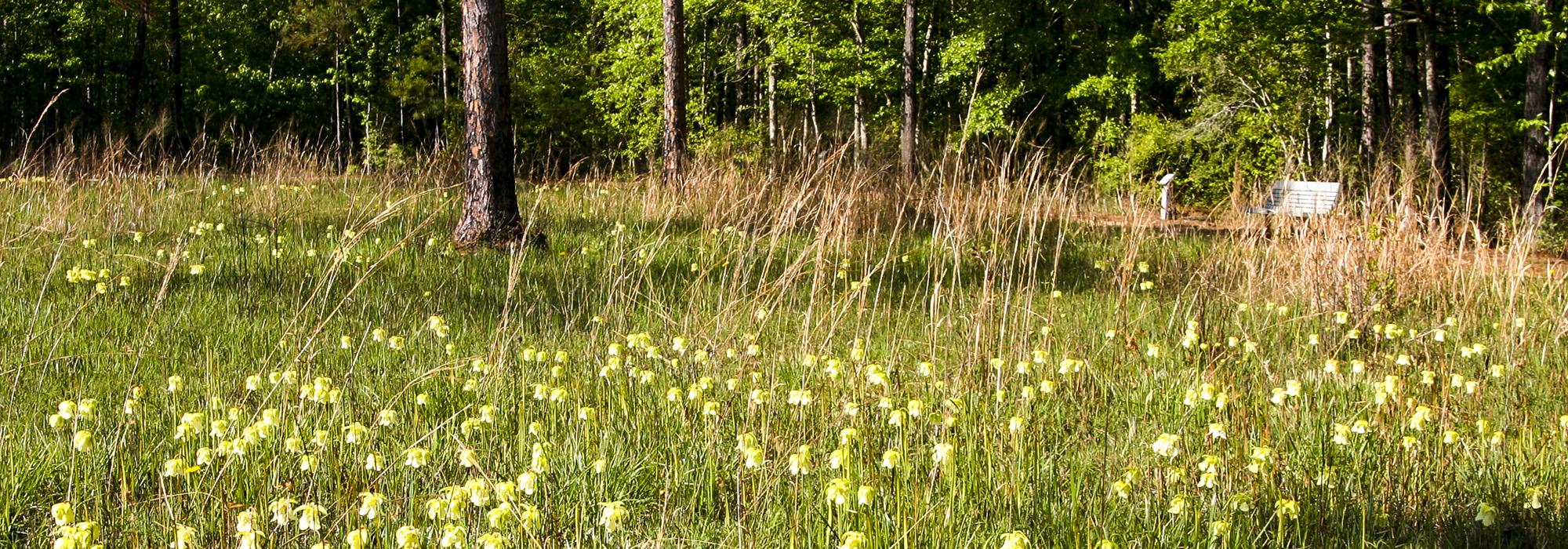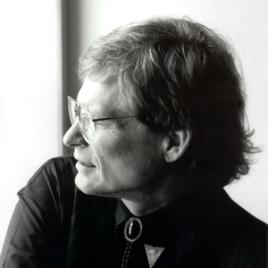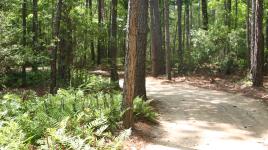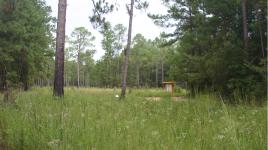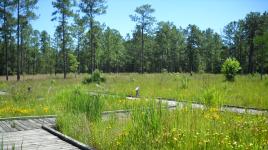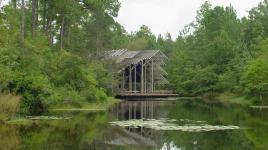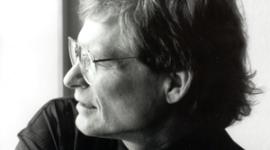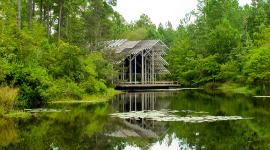Pioneer Information
Born in Bryn Mawr, Pennsylvania in 1947, Edward Blake grew up in Mississippi and spent most of his professional life there. He earned a degree in landscape architecture from Mississippi State University in 1970 and taught there from 1977 to 1984. While director of the Crosby Arboretum from 1984 to 1994, Blake continued teaching as a visiting critic at Harvard's Graduate School of Design, Auburn University, and many other schools, including the European Landscape Education Exchange at Pontlevoy, France.
Blake was known internationally for his work in ecological planning and design, focused on the creation of environmentally sustainable places. His practice, The Landscape Studio, followed the principle that the natural and cultural evolution of a particular place can be revealed through its design. In developing the master plan for the Crosby Arboretum, Blake fully immerse himself on-site to capture the essence of the Piney Woods landscape. He also successfully incorporated art into his projects, with a special focus on children’s art at places like the Art Park at Catfish Row in Vicksburg, Mississippi.
In 1994, Blake was awarded the American Society of Landscape Architect’s Alfred B. LaGasse Medal for his notable contributions to the management of natural resources and public lands.
Edward Blake passed away on August 29, 2010.



